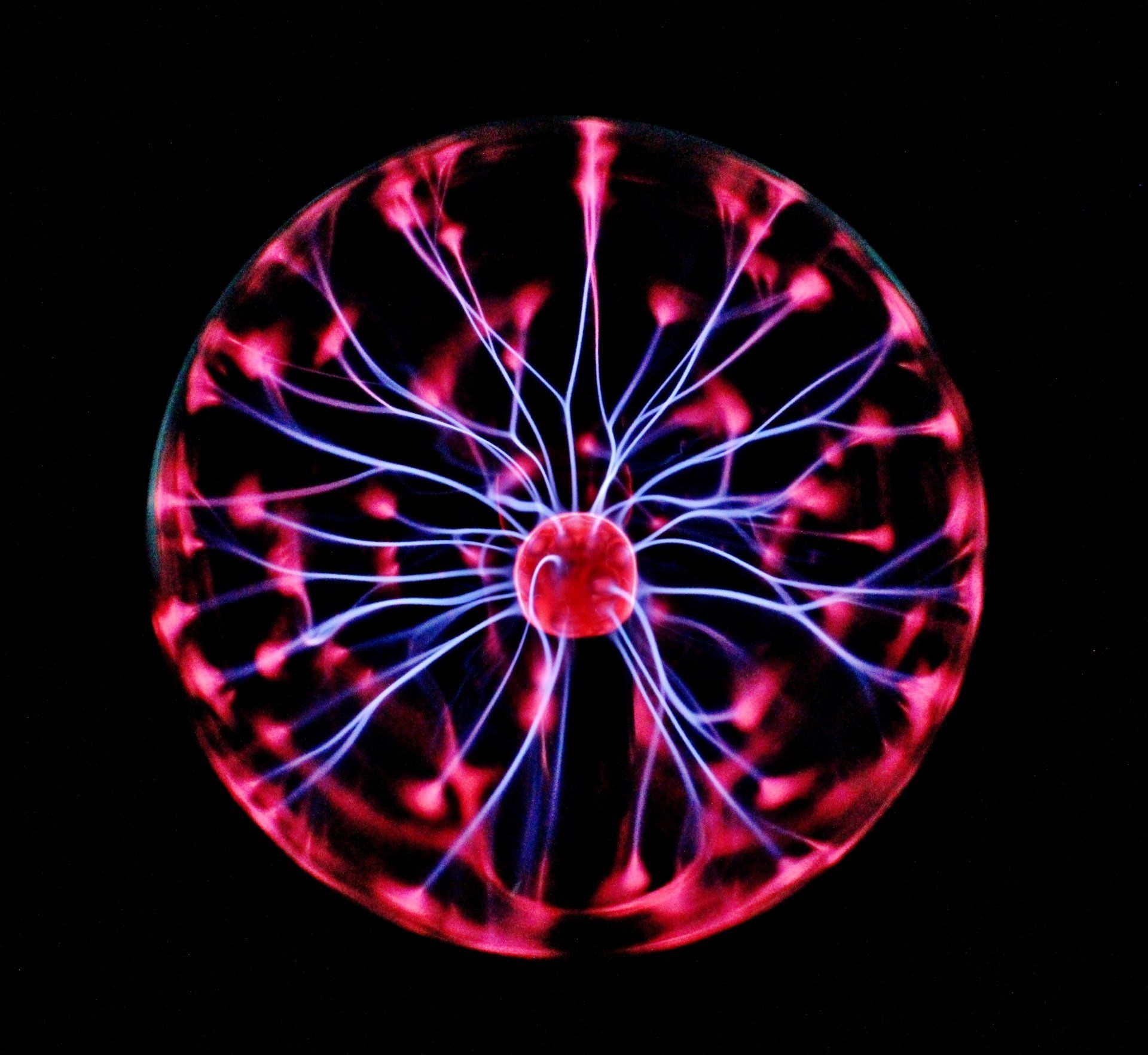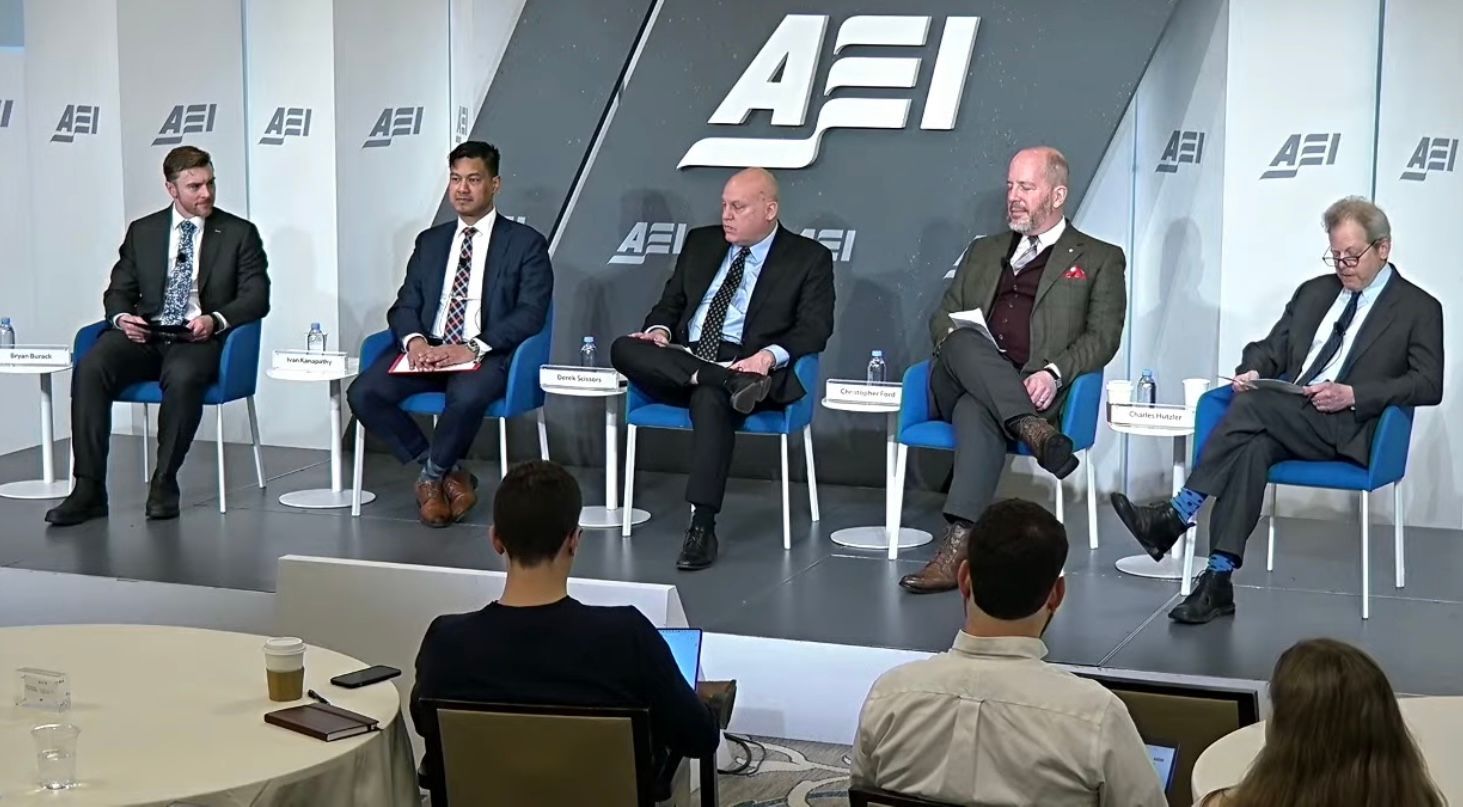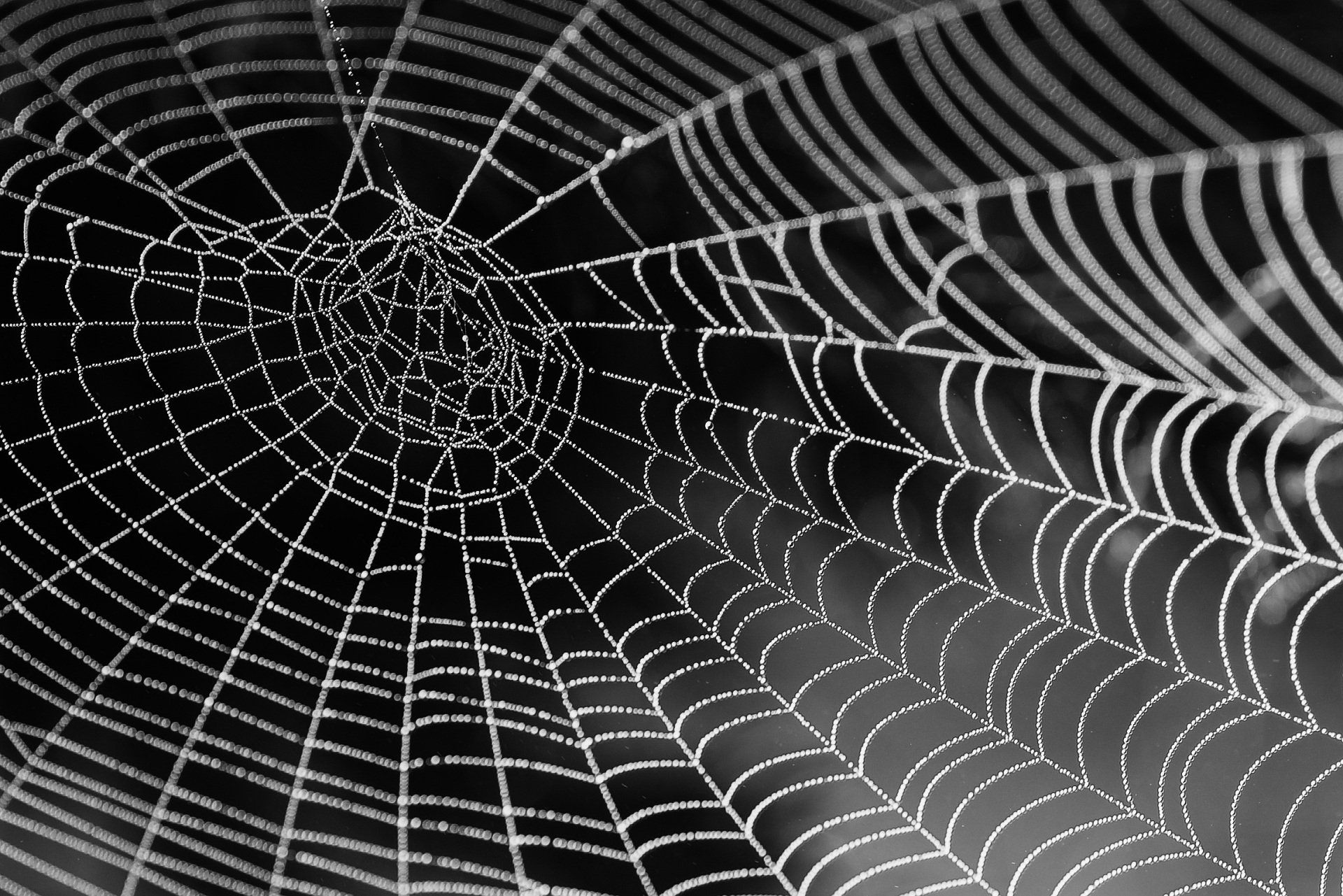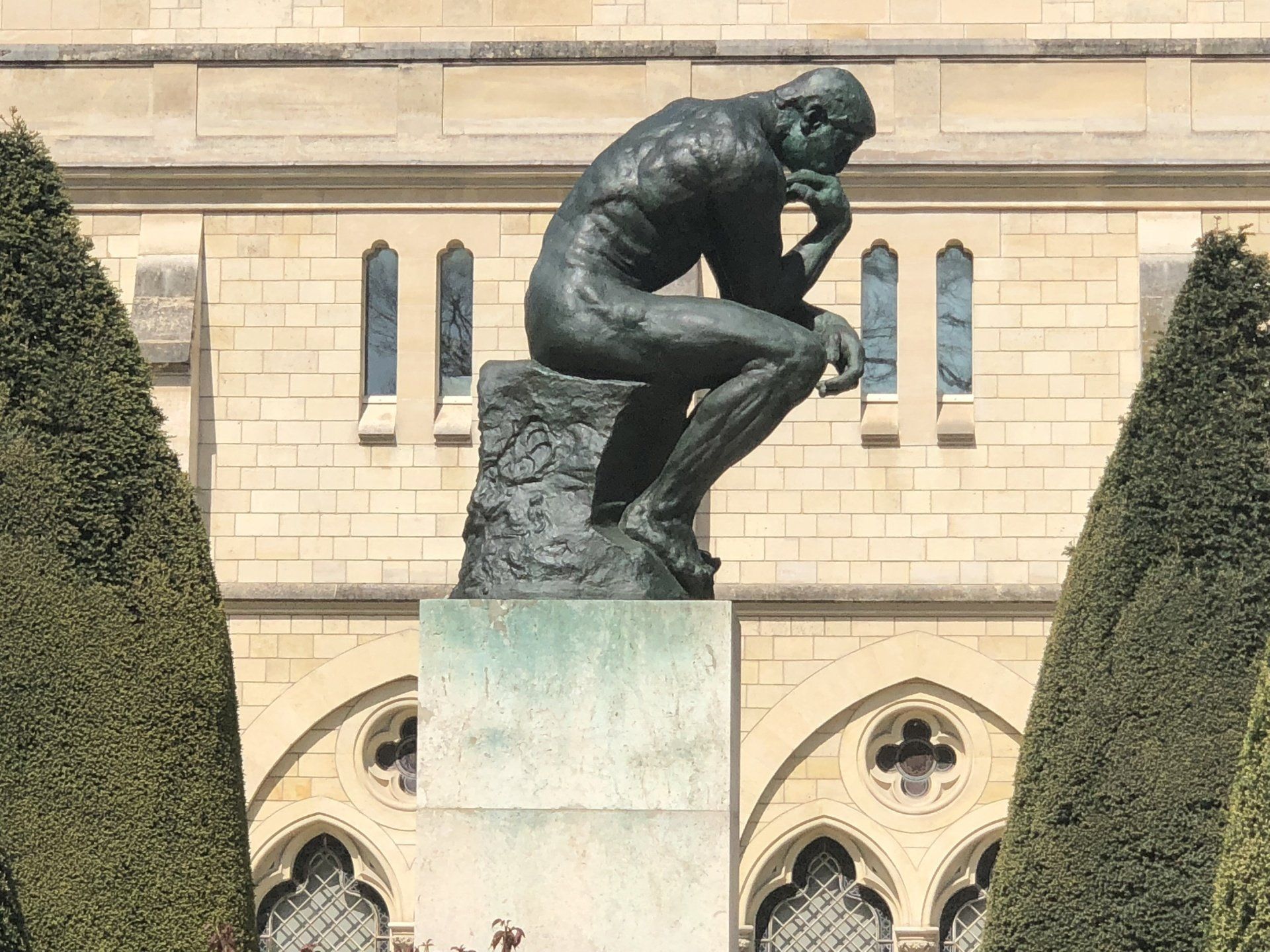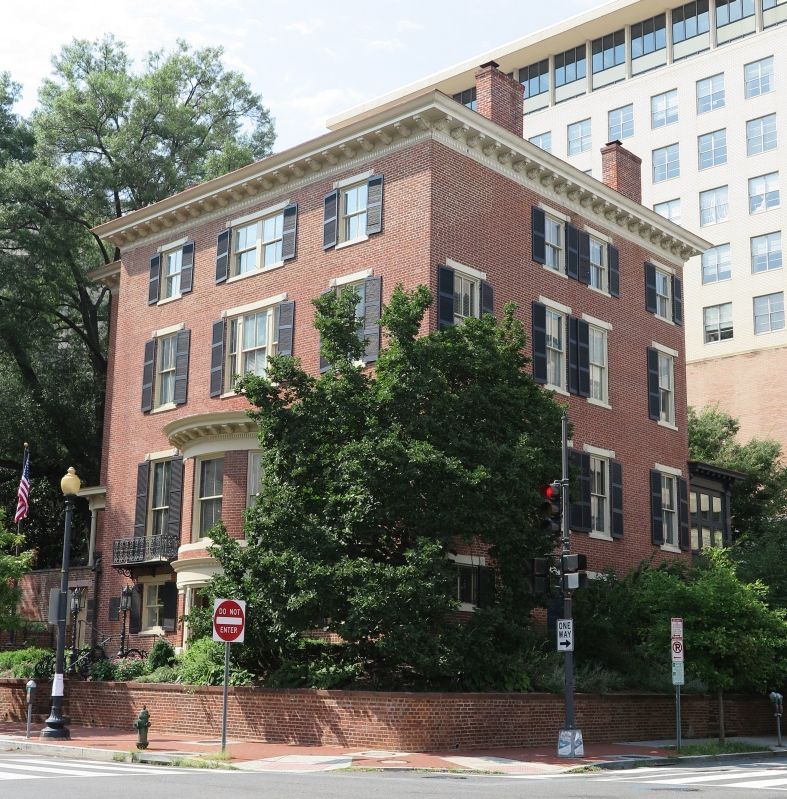The Hon. Christopher A. Ford
New Paradigms Forum -- International Security Policy Since 2009
Not Too Impressive an Improvisation: Assessing the Iranian Nuclear Talks of October 1, 2009
Note:
This is the text of an e-mail Ford distributed to a list of professional colleagues on October 2, 2010.
Yesterday, the so-called “P5+1” countries – that is, the five permanent members of the U.N. Security Council (the United States, Russia, China, France, and Britain) plus Germany – and a representative of the European Union met with Iranian negotiators in an effort to make progress on resolving the grave challenge Iran’s nuclear program presents to the international community. It was a particularly pregnant time for such a meeting. Just a few days before, it had been revealed that the Iranians were taking advantage in yet another way of the time given them by years of timid, too-little-too-late diplomatic responses to nuclear provocations: they had been building a secret new uranium enrichment facility in a tunnel dug into a mountainside at a military base near the holy city of Qom.
Before the October 1 talks, the press had quite rightly been full of speculation about what would happen. In light of the discovery of the Qom facility, would the foreign diplomats be able to stand firmly together to face down Iran and make progress in resolving the slow-motion crisis created by revelations in 2002 about its previously secret uranium enrichment and plutonium reprocessing effort? Would Iran follow its promise to refuse to concede anything whatsoever of the nuclear program to which it claims to have a legal right? What, if any, progress would be made in getting Iran to comply with nuclear safeguards requirements, the rules of the Nuclear Nonproliferation Treaty (NPT), and its obligations under multiple legally-binding U.N. Security Council resolutions?
Well, we now know some of the answers, and the result isn’t overwhelming. After the talks with the Iranians in Geneva yesterday, U.S. officials explained to the press that while no progress had been made on the big nuclear issue – other than the usual diplomat’s claim to have moved things forward by agreeing to meet again later on the same intractable subject – progress had quite cleverly been made on two smaller, new nuclear issues. The problem, however, is that is isn’t clear that “progress” is at all the right word.
I. The Qom Enrichment Plant
With regard to the Qom facility, it appears that International Atomic Energy Agency (IAEA) inspectors will soon be permitted to visit it. Qom will thus be added to Iran’s long list of secret nuclear facilities that have been discovered, but which Iran has largely placated the international community simply by retroactively “declaring” to the IAEA and allowing to be subjected to safeguards. Don’t get me wrong; it’s not bad to get inspectors into the new enrichment plant. It’s quite necessary. The bad part is that, as so many times before since the first revelations about Iran’s enrichment plant at Natanz in August 2002, there is every indication that the diplomats will declare the Qom problem “solved” once it has been safeguarded. That is a dangerous delusion: Iran possessing more and more capabilities with which to produce fissile materials usable in a nuclear weapon is precisely the problem it was the diplomats’ job to solve. It is no solution to allow Iran, once more, to “cure” its misdeeds simply by opening to safeguards each component of its secret nuclear work that it fails completely to conceal.
One should not assume that safeguards are adequate to prevent misuse of the Qom plant. They are not, since it is by no means impossible to deceive inspectors, and even in a “best case” scenario Iran always has the option of following North Korea’s lead by expelling inspectors and using all its facilities for nuclear weapons work without restraint. Even if inspections could ensure against misuse, however, thinking this any kind of a deep solution misses the real point, which is twofold.
First, Iran will now be reinforced in its already well-founded belief that there engaging in secret nuclear work entails no serious costs, only different possibilities for benefit. If such activity is not discovered, of course, Iran gets its full benefit with zero accountability. We have shown them time and time gain, however, that even if the secrecy surrounding such work is compromised, Tehran will be permitted to keep everything it builds, and will be able to defuse international outrage by retroactively declaring to the IAEA what it can no longer conceal. In international relations, as elsewhere, one can expect to see more of the sorts of behavior that one rewards. In light of the incentive structure our diplomacy has helped establish for Iran, there is no reason to believe we’ve heard our last revelation about clandestine Iranian nuclear activity.
Second, since the root problem is Iran’s development of the capability to produce fissile materials usable in nuclear weapons, Qom makes things worse by its very existence, even if it is periodically visited by IAEA inspectors. To be sure, having the facility be inspected is clearly better than having it not be inspected, but it is nothing like a “solution” to the Qom problem simply to open its gates to the IAEA. There is every indication, however, that with this easy and relatively painless move, the Iranians will have defused the outrage prompted by the most recent revelations.
II. Highly-Enriched Uranium
The other new issue on which the talks yesterday claim to have made progress – but on which the progress is also in fact rather more apparent than real – is on Iran’s claim to need highly-enriched uranium (HEU) enriched to the 20 percent level for the production of medical isotopes. To anyone following the Iranian situation, Tehran’s introduction not long ago of this new issue of “medical isotopes” have been a huge red flag. Hitherto, the debate has been about Iran’s claims to need low enriched uranium (LEU), enriched to about 3.5 percent, for fueling nuclear power reactors. After the massive enrichment facility at Natanz was revealed in 2002, the purported need for LEU reactor fuel became the central public excuse for Iran’s nuclear effort. (Never mind that Iran has no reactors that would be fueled by such LEU, or that Natanz – if it were for reactor fuel production – is scaled to support a nuclear power program vastly larger than any Iran is likely to be able to pursue. If you take any such Iranian claims seriously at this point, you haven’t been paying much attention for the past six years.)
Reactor fuel production is worrisome enough all by itself, because in enriching uranium to LEU rector fuel levels the Iranians would have already done most of the work necessary to enrich to weapons-usable HEU. In technical terms, it takes a certain number of so-called “separation work units” (SWUs) to enrich uranium all the way to weapons-usable levels, but by the time one gets to reactor-grade LEU most of that work has already been accomplished. It takes fewer SWUs to finish the job than to get to reactor fuel LEU percent in the first place, so possessing a supply of uranium that is already LEU makes it much easier to enrich to HEU levels at a secret additional facility – such the operation at Qom, surely not by coincidence – and/or reduces the time needed to produce weapons-usable material after “breakout” from the NPT.
All of a sudden, however, the Iranians started making noises a few weeks ago about really needing a supply of uranium at 20 percent enrichment levels – which is considered to be HEU. This material, we were told, was needed to make medical isotopes in a research reactor in Tehran that dates from the days of the Shah and was last refueled by the Argentines in 1993. It apparently runs on uranium enriched to 19.75 percent. There is no magical dividing line between uranium enriched to 19 percent and material at 21 percent, but 20 percent is the point at which one usually speaks of enriched uranium becoming “HEU.” We should not delude ourselves that fuel at 19.75 percent is “safe” whereas 20-percent fuel that is “officially” HEU is not; this terminology is just a convention, not a law of physics. For all intents and purposes, we’re talking about HEU here.
And make no mistake: HEU at even about 20 percent is actually usable in nuclear weapons; it can be made into a bomb, albeit quite an inefficient one. Moreover, the amount of work needed to enrich 20 percent weapons- usable HEU up to a weapons- optimal 90 percent is vastly less than what is needed to kick reactor-grade LEU up to that level. When Iran started making noises about needing HEU at 20 percent, therefore, it was clearly laying the groundwork for demanding a massive P5+1 concession, and perhaps also preparing itself a ready-made excuse to start its existing uranium enrichment centrifuge cascades working to produce HEU that can be used directly in nuclear weapons.
Sadly, despite the obviousness of its gambit, Iran got its concession. According to U.S. officials, the foreign diplomats agreed to allow Iran to possess more highly enriched uranium to replace the depleted core of the research reactor in Tehran. Indeed, they agreed to do the enrichment to HEU levels for Iran: the fuel would be enriched in Russia and fabricated into fuel assemblies by the French before being provided to Iran. The State Department background briefing given yesterday tried to make this seem very shrewd, because it was apparently agreed with Iran – at least in principle – that this HEU would be made from LEU that Iran has already enriched to the 3.5 percent level at Natanz. Thus, we are told, this plan would use up a large portion of Iran’s LEU supply and give diplomacy more time to work in solving the broader nuclear problems created by Iran’s enrichment work.
(No mention is made, by the way, of Iran’s effort to develop plutonium reprocessing using a reactor at Arak that seems to be designed for the purpose and heavy water from a new plant that has already been operating for some time. One expert of my acquaintance worries more about the “plutonium route” than Iranian uranium, insofar as once even a reactor like the Russian-built light water facility at Bushehr comes on line, it could theoretically be turned to plutonium production and support weapons work perhaps more quickly even than uranium can be enriched in centrifuge cascades. One doesn’t hear the diplomats talking much about plutonium, however, and the P5+1 governments seem resigned to Bushehr.)
There is, of course, a glaring logical flaw in yesterday’s too-clever-by-half “solution” to the medical isotope “problem.” The plan involves allowing Iran to have HEU. If we worry about Iran having LEU because of the danger that it will enrich this material to weapons-usable HEU levels and thereby acquire a nuclear weapons capability, we most certainly do not make the problem any less acute by helping Iran acquire uranium enriched to significantly higher levels.
Even at 20 percent levels – which, to repeat, is weapons-usable if yet a long way from weapons-optimal – the 116 kilograms or so of enriched uranium that will be necessary to refuel the Tehran research reactor represent a significant increase in how “close” Iran can be considered to be to a nuclear weapon. Recognizing that the possession of HEU, even in the form of reactor fuel, is a notable proliferation risk, the United States has for years been trying, with great difficulty and expense, to claw back supplies of HEU it rather unwisely sent around the world years ago as reactor fuel under the “Atoms for Peace” program. The much-heralded U.S.-drafted U.N. Security Council Resolution passed just last week on nonproliferation and disarmament issues, in fact, called for HEU use to be reduced around the world – and for good reason. Now, however, we are apparently going to help Iran get new HEU, and we are asked to believe that this is a diplomatic success and a clever solution to the Iranians’ new demands for 20-percent-enriched material. Am I alone in thinking this should not count as much progress?
III. Conclusion
When the Qom facility was revealed, there existed for a brief instant at least the possibility that the countries of the Security Council would stand together in order finally to place upon Iran the sort of pressure that might conceivably entice it to change course and honor its international obligations by stopping its enrichment and reprocessing effort. Even after Qom, of course, whether such sanctions as could likely be agreed upon would be enough to do the trick is unclear. It would appear, however, that the diplomatic “progress” in Geneva yesterday will undermine even this distant hope.
Having already scheduled their October 1 talks with Iran, the diplomats were apparently caught by surprise when the Qom situation became public. I should emphasis that I do not mean by this that Qom was shocking news to them. The Obama Administration, at the least, has reportedly known about Qom for months, and at least some of the other P-5 governments may have known as well. (Allegedly, the issue became more acute recently when it became known that centrifuges were now being installed there, but the existence of the facility appears to have been known for some time – apparently having been briefed to President Obama when he took office.) Possessing additional evidence of Iranian deceit, however, did not seem to bother a White House that seems more interested in not being George Bush than in meeting the proliferation challenge presented by Iran. As long as Qom remained our secret as well as Iran’s, the diplomats were free to depict the diplomatic process – President Obama’s famous extension of his “open hand” to dangerous tyrants – as a hopeful one. How awkward it must thus have been that Iran got wind of our knowledge of the facility and preemptively declared it in a letter to the IAEA! With the shallowness of the diplomatic track having suddenly been exposed yet again, the diplomats must have been annoyed indeed on the very eve of their discussions yesterday with Iran.
Nevertheless, the indignation that the Qom revelations quite properly created around the world – and the eloquent further illustration they provided of the degree to which Iran has been using negotiations to buy time in which to make enrichment into an incontestable “fact on the ground” – offered some hope for progress. As noted, it is at least conceivable that Qom could have been used as a diplomatic rallying-point for finally imposing more than merely mild sanctions against Iran at the Security Council for its continuing defiance of its legal obligations. Even before Qom, apparently encouraged by President Obama’s preemptive concession in scrapping European-based missile defense – a plan that had been, ironically, aimed at defending against Iranian ballistic missiles – even the perennially reluctant Russians were making noises about how tougher sanctions could be becoming “inevitable.” If serious sanctions had finally been imposed, it was at least possible that real progress could have been made on the core issue of stopping Iran’s fissile material production work.
I fear, however, that our diplomats’ improvisation in the face of Iran’s HEU demands has now sunk this hope for more serious sanctions. Who, after all, would support sanctions now that Iran has shown “a new willingness” to talk about nuclear issues and further discussions are being scheduled? (It doesn’t seem to matter that Qom is in the process of being retroactively legitimized and the P5+1 have agreed to supply Iran with HEU. Why wouldn’t Iran be willing to continue talking on such terms? They’d be fools not to.) As so many times before, Tehran seems to have managed to outfox the diplomats and to defuse a groundswell of political and diplomatic momentum in support of serious compliance enforcement. It is hard to blame Iran for doing this: it was a shrewd gambit, if an obvious one. Unfortunately, when confronted with such gamesmanship, we may have once more fallen upon our diplomatic face.
The game isn’t quite over, of course. Thanks to the ham-fisted efforts of the radicalized clique around President Mahmoud Ahmadinejad to cling to power – epitomized by the gravely flawed June 2009 presidential election and the brutal repression that followed – Iran is in a perilous state, poised between the chance to develop into some kind of semi-reformed quasi-democracy and the danger of being consigned wholly into the hands of a de facto military junta centered around the Iranian Revolutionary Guard Corps (IRGC, a.k.a. the Pasdaran). It is not unimaginable that Iran may save us from ourselves – or more specifically, from the concessionary instincts of our policy – by evolving to the point that a new government might be willing to reconsider the costly, risky, and unnecessary extravagances of fissile material production.
As the saying goes, however, hope is not a strategy. And merely temporizing in order to buy time in which some serendipitous change might perhaps occur isn’t much of a policy. Nor does it excuse wasted opportunities.
– Christopher Ford
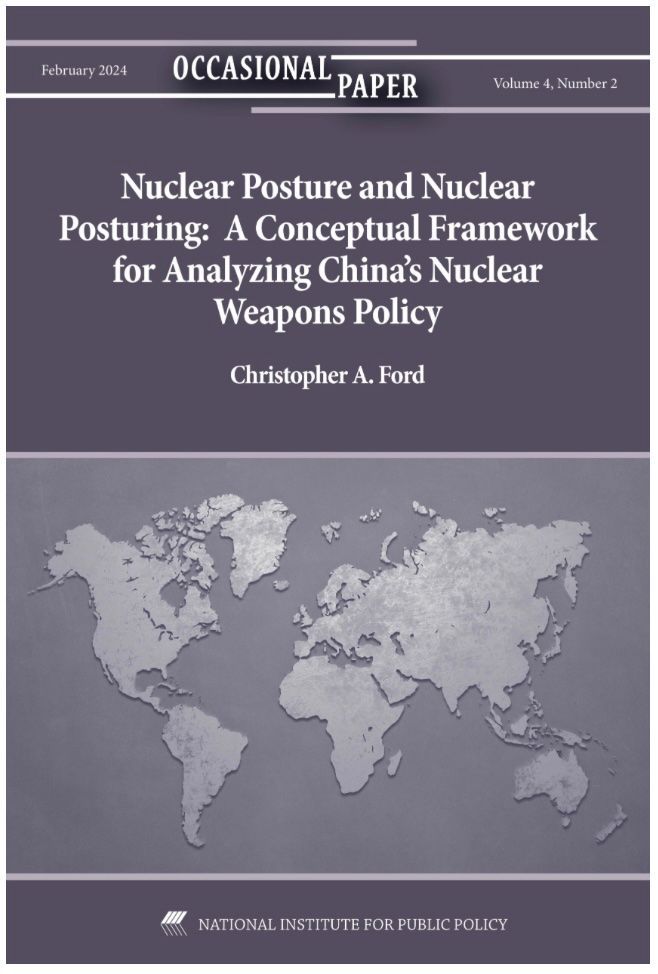


Copyright Dr. Christopher Ford All Rights Reserved
